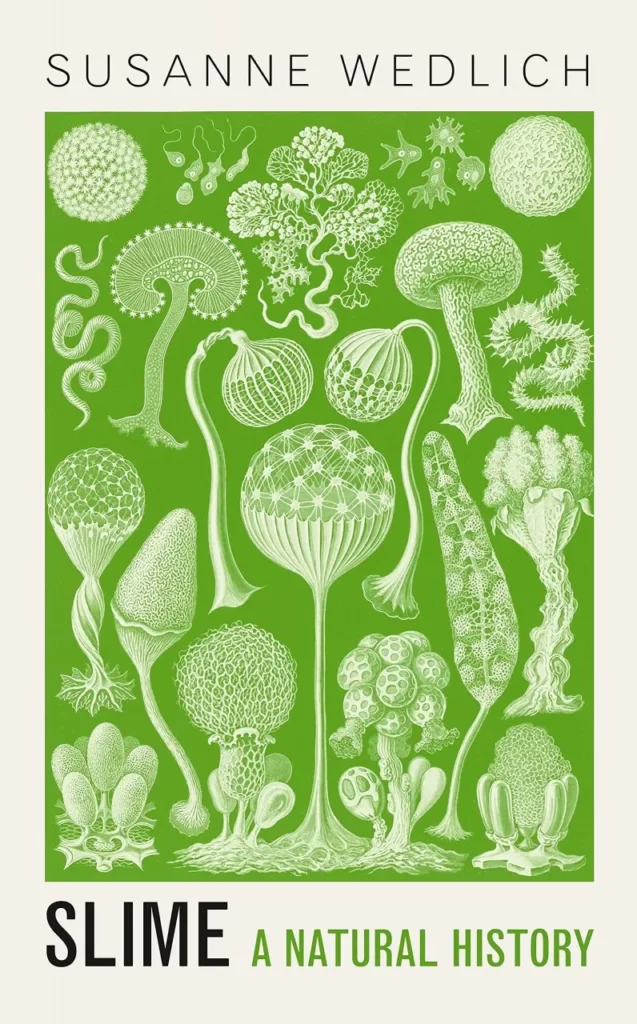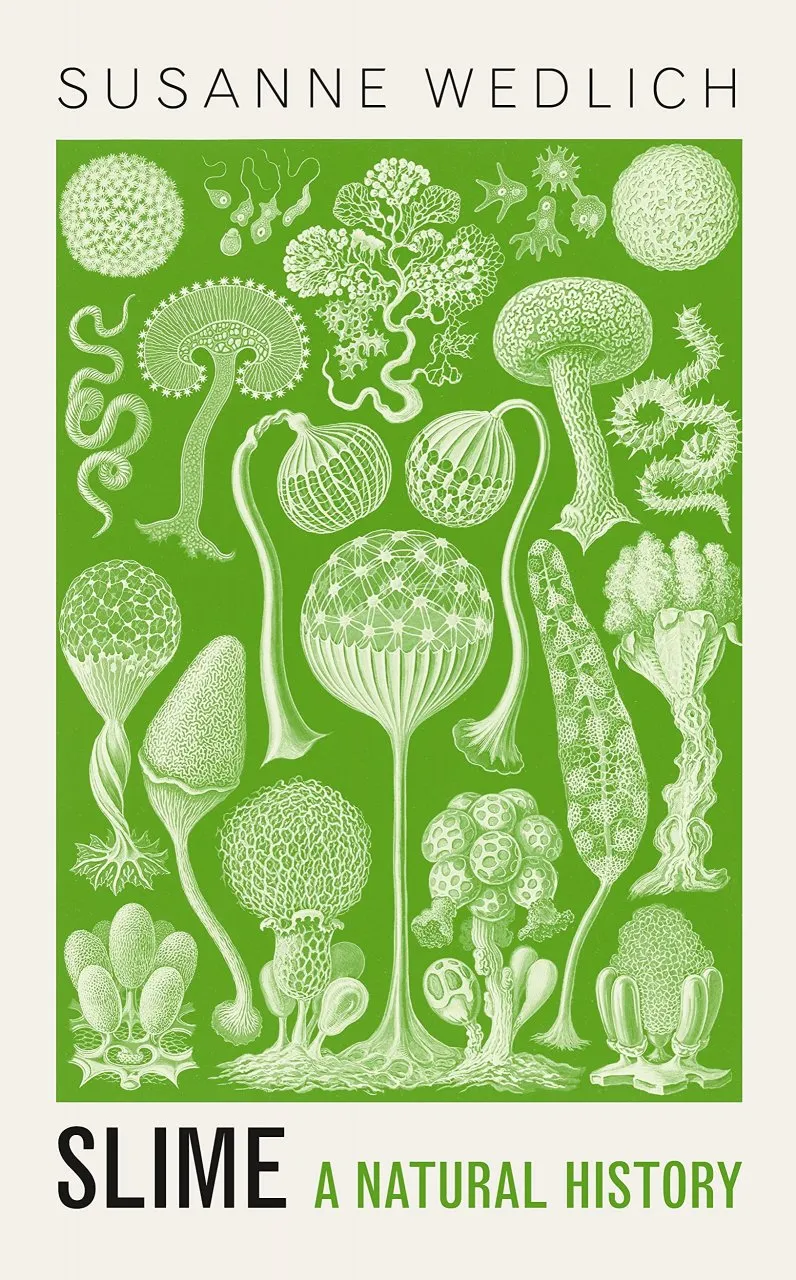Slime, says Susanne Wedlich, a German journalist, is the substance on which the world turns. It is the stuff, neither solid nor liquid but something in between, that lines the vessels and tubes of our bodies, and occurs freely as microbial mats, films of slime that are the homes of billions of microbes living communally. It is not only the original form of life but is necessary for life itself. Depending on where it is, and what sort of animal you are, slime can be a lubricant, a glue or a barrier. It lives on the margins, as an interface.
All the same, we are predisposed to find slime disgusting. Many horror stories and films, explored here at some length, are based on our repulsion for the gooiness of slime, and its association with sickness, death and putrefaction.
This book, translated from the German original, is the first full natural history of slime, in the sense that it includes ‘the cultural and emotional significance’ of slime, as well as its biology. ‘Quite Interesting’ facts spring up on almost every page: how hagfish and squid weaponise slime; the parrot fish ‘secretes a slimy balloon’ to hide in at bedtime; how snails slow-motion surf on their trail of slime; how slime moulds find their way through a maze in a way that, in an animal, would seem intelligent. But you will have to imagine all this as there are no illustrations.
This journey through the slithery world begins with multiple cultural references – Alien, Ghostbusters, H. P. Lovecraft etc, not to mention the philosopher Jean-Paul Sartre’s terror of anything slimy. It takes on the biophysics of slime, the way it forms a shelter for microbes, some of which maintain our health and some that do the opposite; the functioning of slime in the soil and in the oceans; and how modern medicine manufactures useful hydrogels based on it. The book is full of anecdotes of busy scientists discovering what slime is all about, including the Japanese Emperor Hirohito’s unlikely passion for jellyfish. Bit by bit these stories link to reveal the fundamental role of slime in great nutrient cycles of the earth and sea, as well as oiling and sealing our bodies.
I was hoping that the author would spend some time with my old friend the amoeba and other tiny slimy pond-dwellers. But although there are countless examples of slime-assisted life around the world, her real subject is slime itself, what it is, what it does, and how it benefits us. It’s bedrock stuff. Layers of slime in the form of pancakes of cyanobacteria gave oxygen to the world, and the microbial mat that once lined the entire ocean floor was the world’s first nursery of biodiversity (Wedlich reckons that there are about a trillion species of microbe in the world today). If things go badly, slime may re-inherit the world. There is even a name for this theoretical dystopia: the Myxocene, the returned age of slime.
To say that this is a fascinating story of a neglected subject does not really do justice to it. It is a well-researched and surprisingly genial encounter with this oozy, sticky world, written with a journalist’s sharp eye for a good story. Even so, you may, like me, prefer to read a bit at a time, and probably not before mealtimes.


